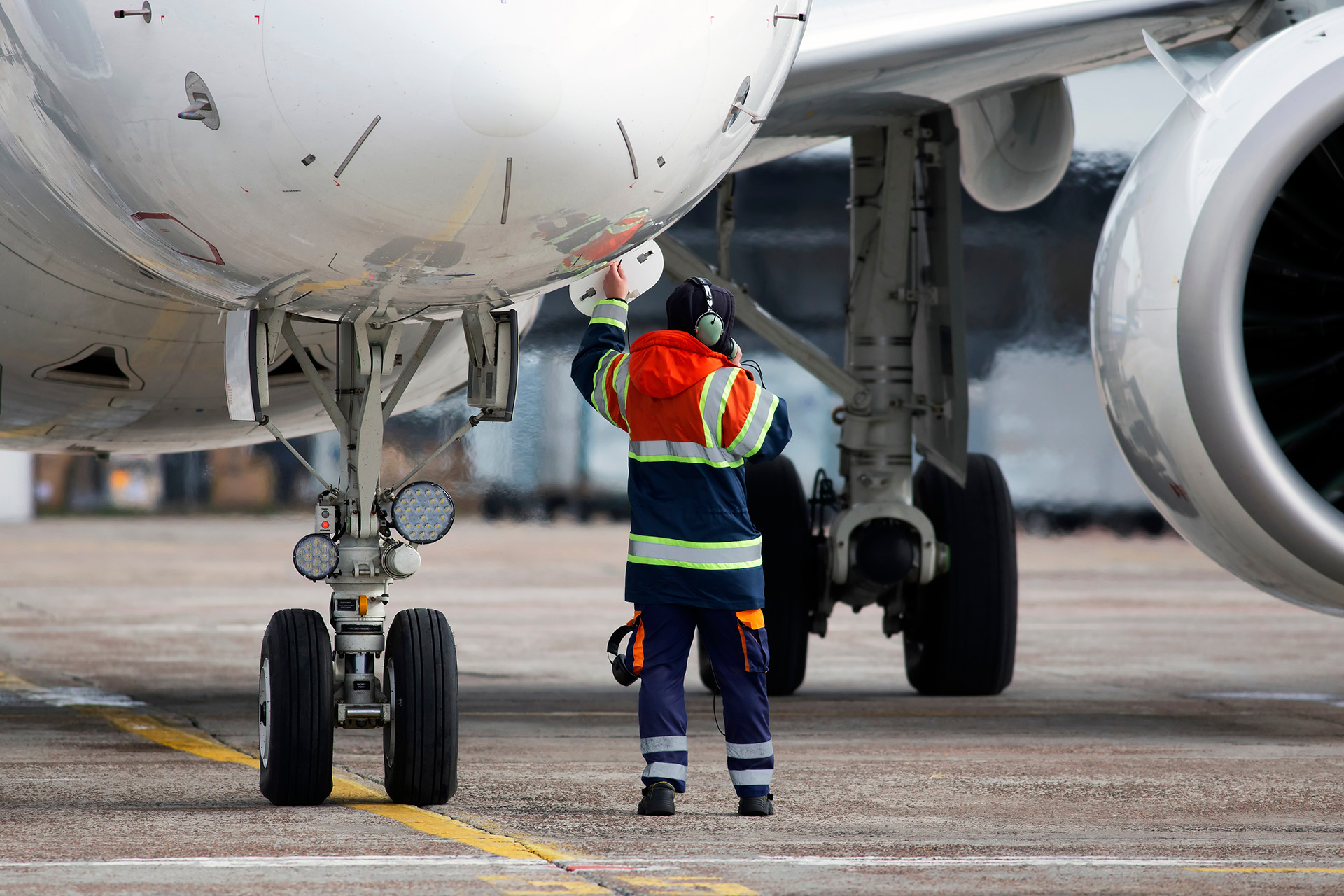The top event describes the point where we no longer have satisfactory control over the hazard.

It is usually what we consider to be an unsafe state that is not yet an accident. Therefore, top events while not being disasters themselves have the potential to become one if nothing is done to control them.
In our driving a car on a busy motorway example, the top event could be described as losing control of the car.
Definition
A point in time which describes the release or loss of control over a Hazard. The undesired system state.
Guiding principals
The top event is described as a loss of control event (not relevant to the Significant Seven) but in a context of an undesired safety state. By defining this, we can consider multiple potential causes for the loss of control and the various potential outcomes (as opposed to considering just one fixed accident chain).
If you find that you are not examining the area you are most interested in, consider if it would be reasonable to redefine the top event either left or right to suit your requirements.
Traps and tips
- Trap: Rushing into or persisting with a hazard/top event definition that is not addressing the main area of interest adequately.
- Tip: Remain flexible; it often takes several attempts and iterations before finding the best solution.
- Trap: Hazards can have multiple top events. Attempting to capture complex issues within one Bowtie can lead to confusing and overly large bowties.
- Tip: Remain flexible; consider the option of creating several manageable and logically structured bowties as opposed to one overly large or unclear bowtie that does not work very well.

